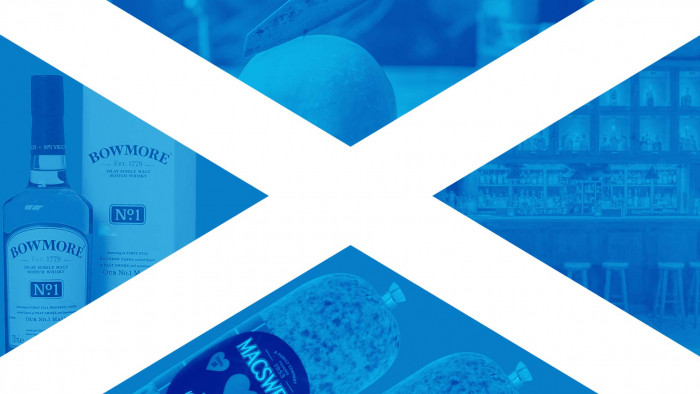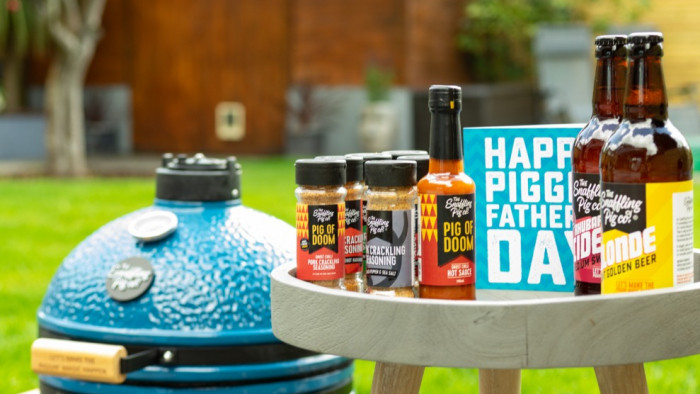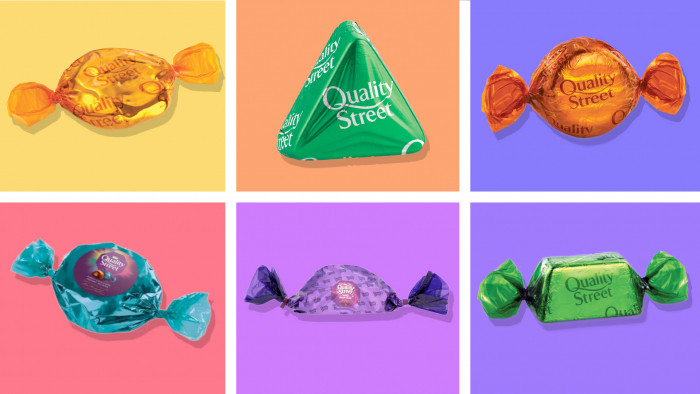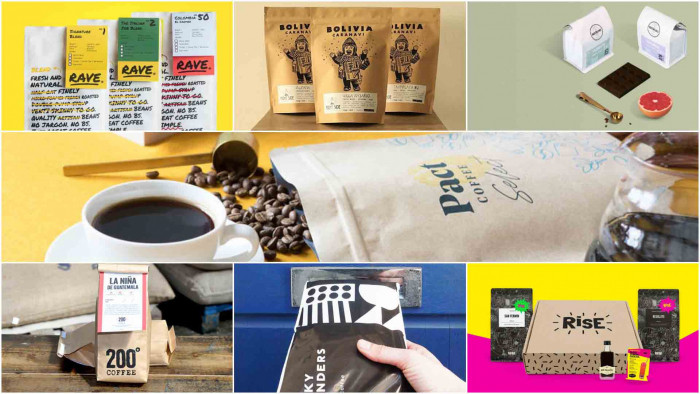Oh sandwiches. As much as the process of lunching might have progressed and got more sophisticated over the years, we still can't think of a better 1pm meal than two slices of bread and a delicious filling.
But despite the alarming simplicity of the sandwich, not every combination delivers the goods. Lest we remind you of the worst sandwich ever. Sorry about that.
To celebrate British Sandwich Week, those bread-making types at Hovis have teamed up with Dr Mark Hadley, researcher at the University of Warwick’s Department of Physics, who has created a mathematical formula for creating the perfect sarnie.
So, here it is:
And yes, it's going to need some explanation. “The equation governing the movement of liquid, like water on the lettuce or the juice from the tomato, is governed by the Navier-Stokes equation and this equation is the simplified form," Hadley reveals. "It becomes more complicated for a filling that can be compressed, like tuna mayo, which will flow like a liquid but with higher viscosity."
Yeah, so we're still a bit confused but Hadley's equation offers some proper scientific tips on how to avoid a bad sandwich and he's deciphered them for us here:
- Pressure: Don’t apply unnecessary pressure (the p(x,t) term) it squeezes out the water
- Freshness: The equations describe the deterioration with time due to slow diffusion of the moisture, so eat your sandwich while it is fresh
- Butter: Use a thick layer of butter, it is hydrophobic and keeps moisture away from the bread
- Moisture: Control the loss, or uptake, of moisture from the air into the bread:
- Butter protects the top
- Crusts are good; they stop the edges drying out (φair < φbread) or going soggy (φbread < φair)
- Wrap the sandwich tightly to keep air away from the underneath – but don’t squeeze it of course
- Temperature: Most equations are temperature dependent particularly viscosity and absorption rates, keep it cool to reduce the reaction rates.
- Bread: Use the right bread, a thicker slice like in Hovis British Farmers Loaf, has a greater resistance to dampness and can’t dry out so quickly either
Now go forth and make a perfect sandwich. Bringing it for us to sample is optional.
(Image: Rex Features)
Latest
Related Reviews and Shortlists










